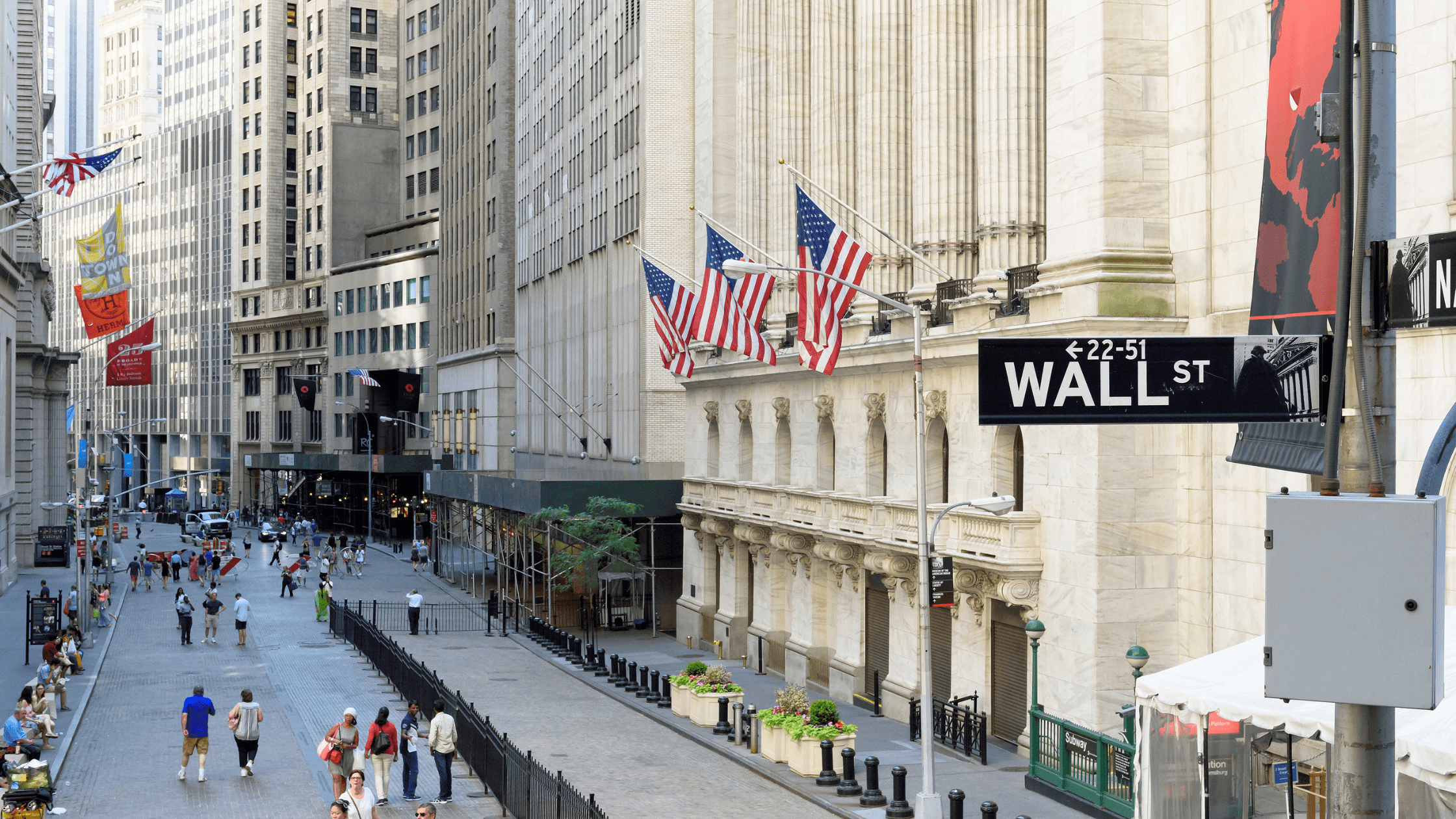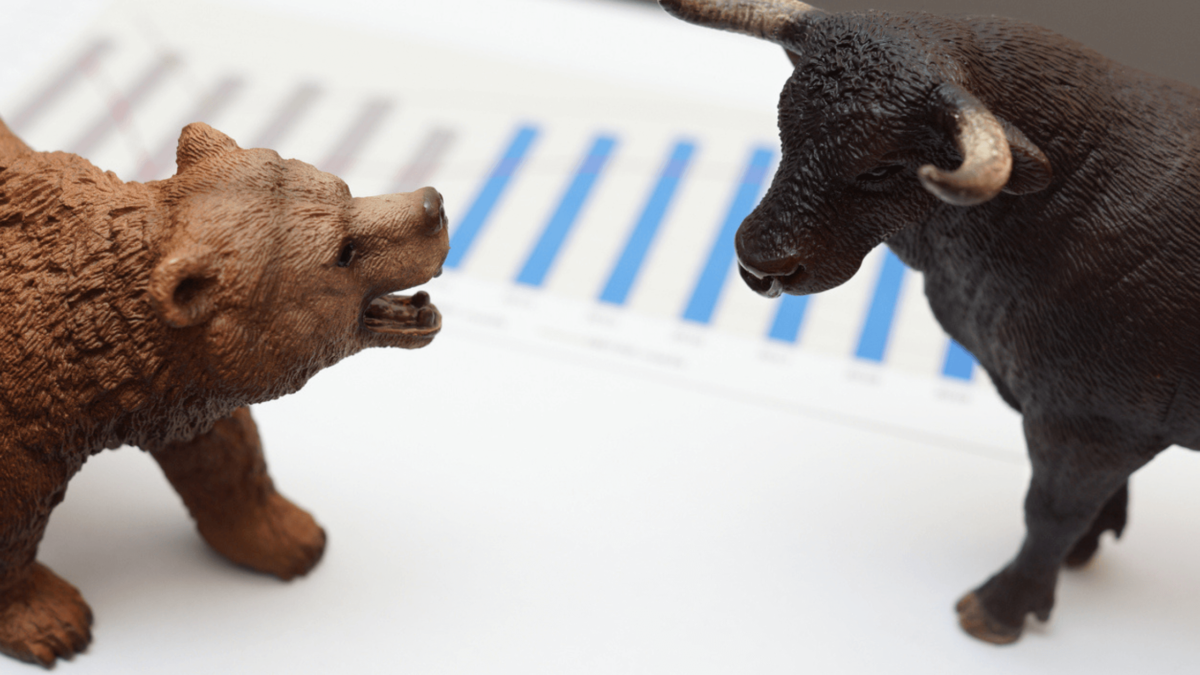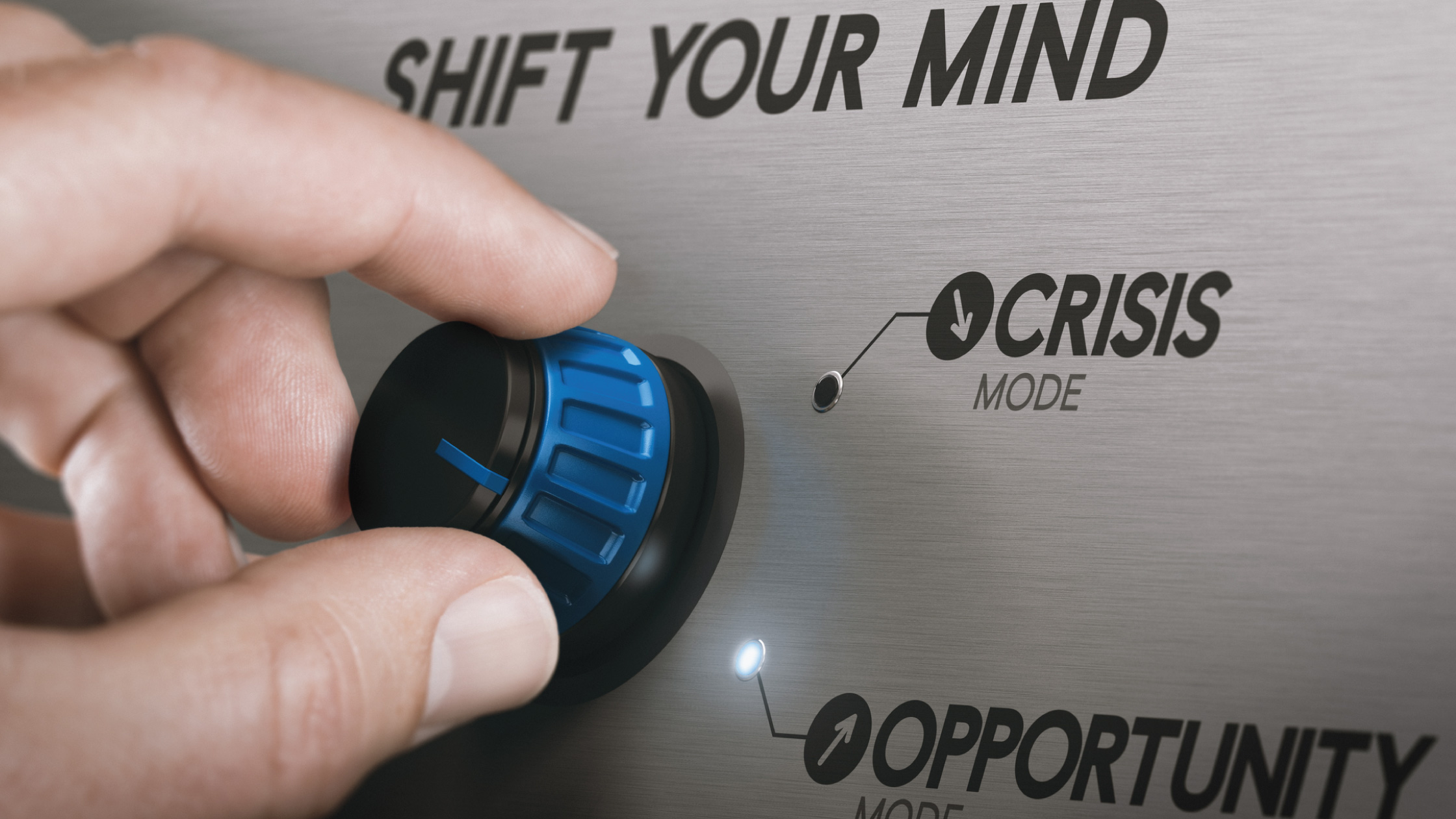US Stocks Rally. Can It Continue for Investors?
August 1, 2022

The US stock market rally we had been writing about over recent weeks will likely continue, possibly taking the S&P 500 Index to between 4,300 and 4,400.
While the initial driver was short covering, it has been given additional impetus (ironically) by data showing the US economy has suffered two quarters of contraction.
And that has strengthened the market’s expectation that the US Federal Reserve (Fed) will slow the pace of its rate hikes.
Indeed, it now expects a peak rate of only 3.25-3.5%, with rate cuts by May of next year.
But we caution that the market may be overly sanguine on rate hikes. The Fed has indicated clearly that it is absolutely committed to bringing core PCE inflation back to its target of 2%.
So, it is worth noting the data released last week that showed core PCE inflation for June was 4.8%.
Stagflation is here and now
If there was any doubt the US economy had been in the midst of stagflation, growth data released last week should have well and truly confirmed it.
US GDP contracted by 0.9% quarter-on-quarter (qoq), annualised in 2Q22, following on from a 1.6% decline in 1Q22.
Combined with the 9.1% headline inflation, it would seem reasonable to call that stagflation, which literally means a stagnant economy with high inflation.
Investors may ask “When is a recession not a recession?” The answer? When the NBER doesn’t call it a recession.
So, we now have the two consecutive quarters of negative growth that most people associate with a recession.
But the National Bureau of Economic Research (NBER), which is the “town crier” for such matters, will unlikely call this a recession just yet.
That’s mainly because the jobs market is still robust, and consumer spending is still positive. The core driver of this GDP contraction was inventory destocking.
However, the NBER’s committee (that dates business cycles) defines a recession on its own terms, requiring the downturn to be significant, widespread, and lasting “more than a few months”.
So, there is a more subjective element at play there.
US stocks love a recession
The S&P 500 Index popped up 4.3% last week because the market believed the two quarters of contraction was what was needed to stop the Fed on its rate hiking path.
Meanwhile, the 10-year US Treasury (UST) yield fell to 2.64% by the end of the week, from 2.78% the preceding Friday, continuing the decline from 3.5% in mid-June.
Tech stocks, which suffered the most when rates expectations were rising (because of their earnings duration risk) gained more than the old economy Dow Jones Industrial Average (DJIA).
The Nasdaq 100 Index was up 4.5%, while DJIA was up 3.0%.
The FOMC hiked rates by 75 basis points (bps), as was widely anticipated by the market.
But the market is now overwhelmingly expecting a smaller hike of 50 bps at the September FOMC. The Fed Funds futures market pricing of the probability of a 75bps hike fell off from 40% two Fridays ago to 28% by close of trade last week.
The probability of a 50bp hike rose from 53% to 72%. Thereafter, the most probable outcomes – as priced by the Fed Funds futures market – are 25bps each at the November and December FOMCs.
Betting on a peak rate of just over 3%
The market is betting that the most probable course after December would be a rate pause and then cuts by the May FOMC.
So, to summarise, the market expects that the most probable outcome is that this rate hiking cycle will peak at 3.25% (at the lower bound), with cuts by May of next year.
If this were to be the outcome, the market has reason to celebrate, particularly if it then avoids a recession.
But from 1960 to 2015, every rate hiking cycle saw the Fed funds effective rate peak higher – often very much higher – than the headline inflation rate.
The only exception was in 2015-2019 when the peak Fed Funds rate was around 50bps lower than the peak headline inflation rate.
Yet even if that 2015-2019 episode is a correct frame of reference for this latest episode, remember that headline inflation is now 9.1%. Just 50bps off that dizzying rate won’t give you much comfort.
Piecing together the Powell puzzle
Fed Chair Jerome Powell encouraged the risk asset rally by saying that the Fed funds rate, “at 2.25 to 2.5” was “right in the range of what we think is neutral.”
And yes, the mainstream view in the market is that the neutral rate is around 2.4%.
But this neutral rate is an estimate and there have already been public disagreements with Mr Powell’s comment, most prominently from former US Treasury Secretary Lawrence Summers.
And oddly, Mr. Powell himself in 2018 said the Fed rate was a “long way from neutral”, when it was 2%-2.25%, and inflation was only 2.5%.
Never mind – let’s give him the benefit of the doubt and assume that circumstances have changed.
But Mr Powell also mentioned the Fed’s “2%” inflation target 16 times in his post-FOMC press conference, saying the Fed was “strongly committed to returning inflation to our 2% objective.”
So, our take is that the Fed will keep pushing rates higher – above the neutral rate – until the core PCE inflation figure gets within the 2%-3% range.
Core PCE inflation ticked higher in June
The PCE inflation data for June, released last week, pushed higher, to 6.8% year-on-year (yoy), from 6.3% in May.
The market shrugged that off, as it was already signalled ahead by the higher June CPI inflation data released earlier this month.
What was significant, though, was that core PCE inflation – the Fed’s preferred measure of inflation – came in at 4.8% yoy.
This is the figure excluding food and energy. And the market may be focusing on how this figure has been ranging in the 4.7% to 4.9% band from April.
It may be that the market is counting on lower energy and food prices taking pressure off second round inflationary impacts on core inflation.
But this latest figure is still more than double the Fed’s own target of 2% core PCE inflation. Watch this.
If it doesn’t come down appreciably in the coming months, the bets on lower rates next year will likely be wrong.
What next for US stocks?
Last week, I wrote about the arrival of a “significant bear market rally”. I added that “the positioning is sufficiently bearish, given the possibility of a near-term easing in inflationary pressures, for a significant bounce within a broader downtrend.”
And so, the US market is playing out as we expected. As suggested at the start of this column, it could go quite a bit higher.
But as I also wrote last week, the market will likely eventually swing back (to its downtrend), “screaming recession”.
Or it could be spooked by stubbornly high inflation and continued Fed rate hikes. Or – as tends to happen with stagflation – the market gets both of the above.
The slight shift in the Fed’s rates outlook is unlikely to have much impact on commodities, provided actual rate and yield rises do not choke off economic recovery.
Say Boon Lim
Say Boon Lim is CGS-CIMB's Melbourne-based Chief Investment Strategist. Over his 40-year career, he has worked in financial media, and banking and finance. Among other things, he has served as Chief Investment Officer for DBS Bank and Chief Investment Strategist for Standard Chartered Bank.
Say Boon has two passions - markets and martial arts. He has trained in Wing Chun Kung Fu and holds black belts in Shitoryu Karate and Shukokai Karate. Oh, and he loves a beer!







